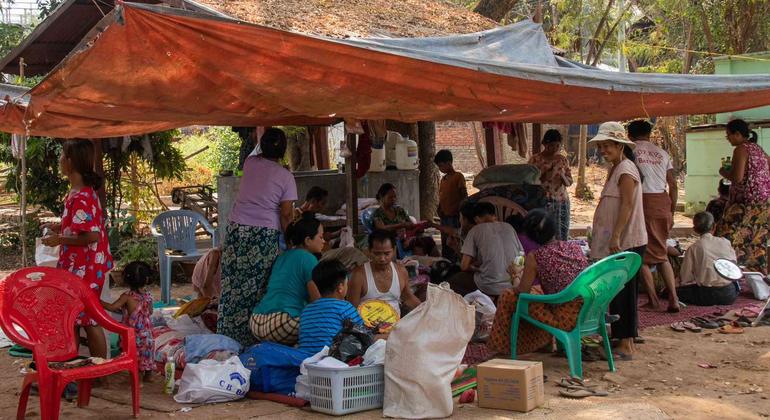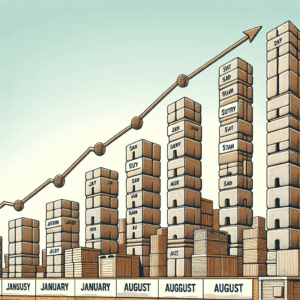The devastating earthquakes that occurred last Friday in Myanmar have left a devastating scenario, not only because of the high number of victims and widespread destruction, but also because of the worsening gender inequalities affecting millions of women and girls in the country. UN aid agencies have warned about the growing risk facing this group, which was already vulnerable due to years of conflict, displacement, and economic crisis.
With the arrival of emergency aid, women and girls in Myanmar find themselves in an increasingly dangerous context, exposed to an increase in gender-based violence and exploitation. The Gender Task Force coalition in Humanitarian Action, co-led by UN Women and the UN agency for sexual and reproductive health (UNFPA), has emphasized that girls are particularly vulnerable, especially those who have been separated from their families or who live in shelters with limited privacy.
The vulnerability situation is exacerbated by the loss of caregivers, leading to an urgent call to identify, protect, and reunite children who have been left unaccompanied or separated from their families. In an attempt to facilitate rescue operations, the military junta in Myanmar has announced a temporary ceasefire from April 2 to 22, following the announcement by armed opponents.
It is estimated that up to 20 million people will be affected by the earthquakes, of which women and girls represent a significant portion of the 10 million who already needed urgent assistance before the disaster. More than 100,000 pregnant women are trapped in the central area of the country, and it is expected that 12,250 of them will give birth in April. The destruction of health infrastructure and damage to roads limit access to crucial health services, putting these women at risk.
UN agencies have warned that the prolonged crisis had already generated significant mental stress in the women and girls of Myanmar, and the current situation has exacerbated this problem. Humanitarian workers emphasize the need for women in affected communities to actively participate in the design and implementation of assessments to ensure that their needs are adequately addressed.
In this context, the urgency of having safe shelters, access to clean water, and sufficient food is critical. Shelters should be equipped with locks and private spaces, and it is recommended to properly illuminate critical areas to reduce the risk of violence. Additionally, the involvement of women-led organizations in response efforts is encouraged, leveraging their knowledge of the local context and their connection with communities.
However, the humanitarian response faces serious limitations due to a lack of funds. Tom Fletcher, head of the UN Office for the Coordination of Humanitarian Affairs, has made an urgent call to increase funding, highlighting that access to survivors is severely limited. Despite the allocation of $5 million from the UN Central Emergency Response Fund, lack of resources and disruptions in communications have further complicated the situation.
The United Nations Office for Project Services (UNOPS) has mobilized $12 million in emergency funds to provide food assistance, shelter, water, healthcare, and mental health support. “We are deeply grateful to our donors for their quick support, which has enabled this rapid response, and we are ready to increase our assistance as the full extent of the damage is determined,” said Sara Netzer, director of UNOPS in Myanmar.
via: MiMub in Spanish











